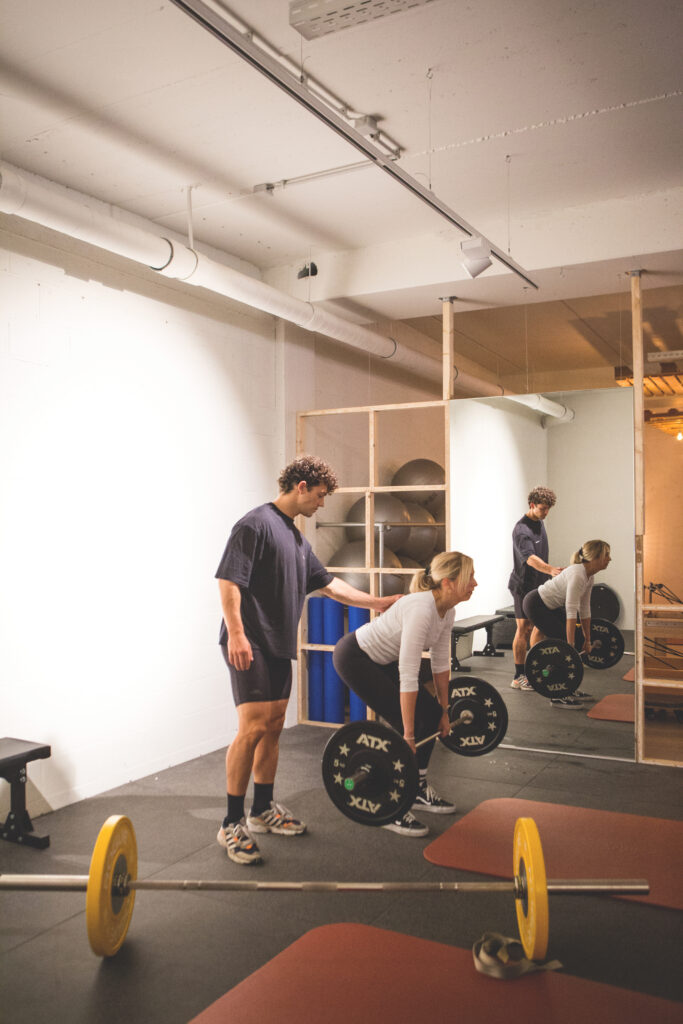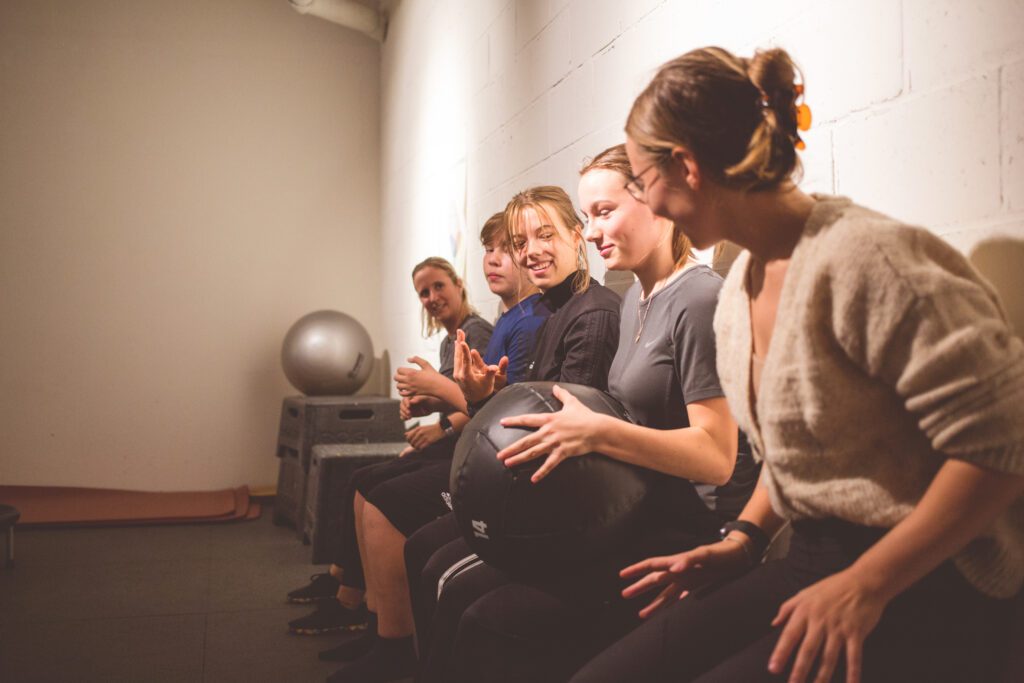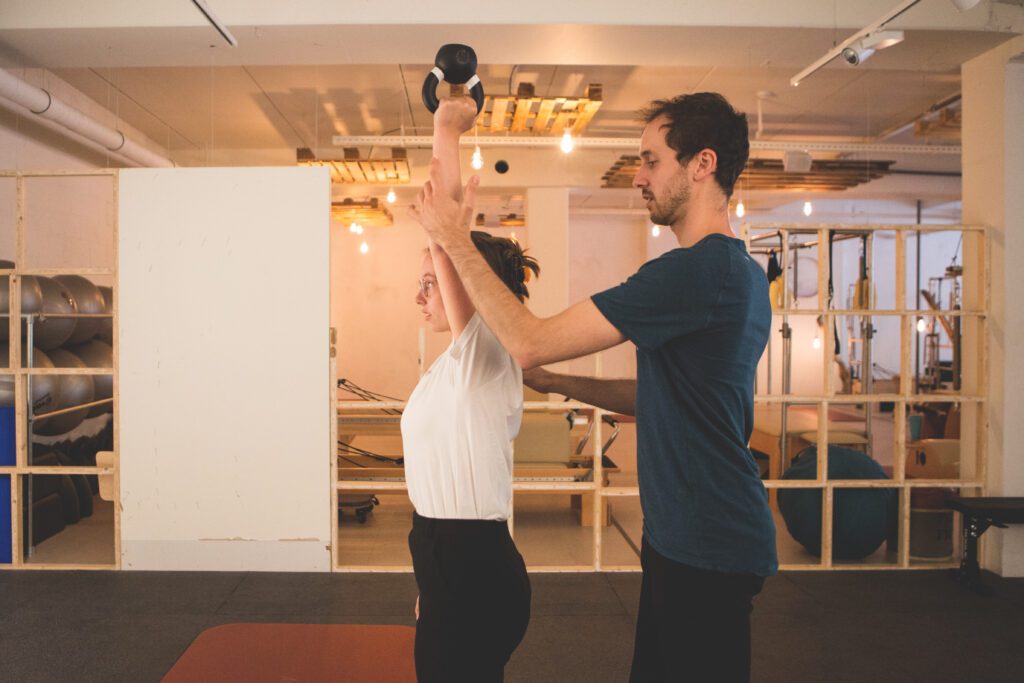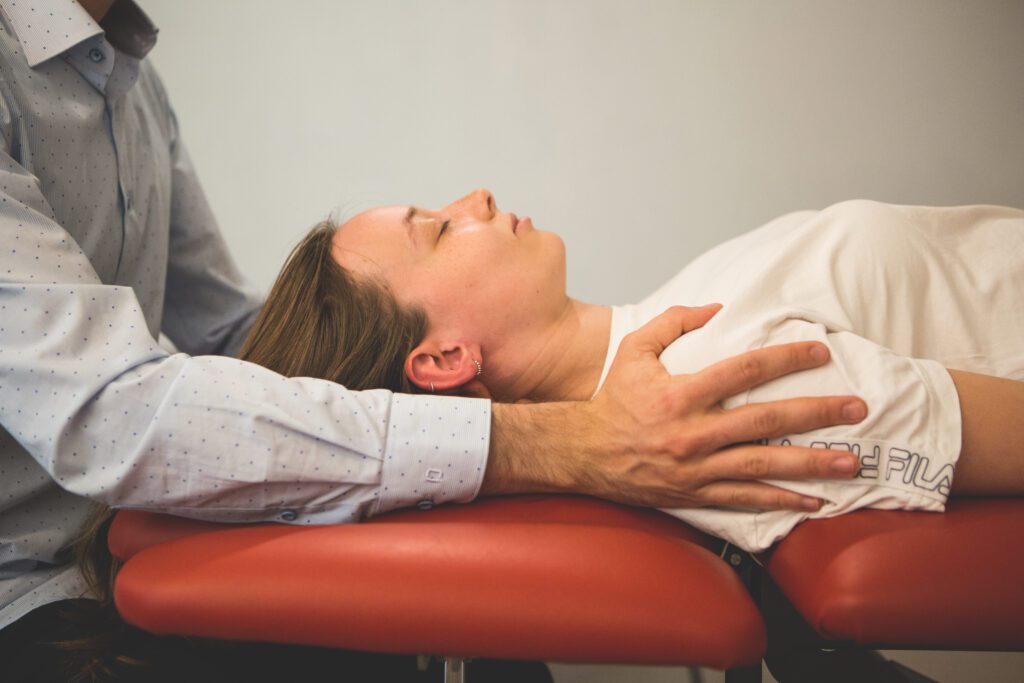The most common bone condition is known as osteoporosis with a worldwide prevalence of 23.1% in women and 11.7% in men [1]. Osteoporosis is characterised by increased bone thinning and heightened risk of fractures [1]. While this health condition is typically linked with ageing and menopause, the underlying variables are believed to be developed during infancy and adolescence highlighting the need for health active living throughout the lifespan [1].
Bone health and exercise: what can be done?
Loss of bone mass and strength occurs with aging, contributing to the development of osteoporosis [2]. Additionally, osteoporosis is a health condition that affects post-menopausal women more frequently and is distinguished by exacerbated bone-thinning and increased vulnerability to fractures [3].
Exercise is one of the main components linked to positive outcomes for bone health, including high bone mineral density and strength [4].
People who exercise regularly have a greater chance to reduce age-related bone loss and report less falls and fractures due to the development of stronger muscles and bones, which enhance balance [5]. Moreover, the type of exercise implemented in an individual’s routine should include activities that put more load on the skeleton than experienced during normal daily life activities to generate more bone growth [6].

How can exercise help?
Exercise techniques that increase general muscle strength and postural stability are advantageous for individuals at risk of or currently dealing with osteoporosis. A form of exercise that can improve postural stability, increase muscle strength and improve body awareness is Pilates, which can be associated with an increase in balance, postural control, and injury prevention [7]. Additionally, research presents that women with postmenopausal osteoporosis could benefit from Pilates in terms of increased functional ability, pain management, and improvement of quality of life [8].
A man is as young as his spinal column.”
What about training in the gym?
In addition to Pilates, resistance training can also be a beneficial form of exercise that helps to maintain and improve bone health. Exercise in terms of resistance training is recommended for everyone and this includes older adults, adults, teens and children. Research states that adults who do not engage in resistance exercise may see their bone mineral density decline by 1% to 3% annually, therefore, exercise treatment related to resistance training that increases muscle gain could also improve bone mineral density [9]. Moreover, research indicates that the increase in bone density acquired through exercise in childhood is continued in adulthood and during adulthood the goal is to maintain bone mineral density to avoid some of the consequences that could come along with aging [10].
Here at Waves, we offer specific Gym and Pilates Bone & Balance classes for individuals who are at risk with low bone mineral density or in need of fall prevention. Our instructors (Physiotherapists or university Personal Trainers) have extensive training in bone health and fall prevention to provide the best possible care in a safe yet effective environment. We also offer individual sessions with professional guidance to support those who would like some extra individual focus.
At Waves we believe in providing a supporting and welcoming environment to achieve your health and well-being goals. If you are an individual who has osteoporosis or someone who wants to improve bone health come join us at one of our Bones & Balance Pilates or Gym sessions!
Do you have osteoporosis or osteopenia? We recommend seeing a physiotherapist or a personal trainer who is trained in this area. Keen to know if there is one in your region? Contact us, we are always here to help near and far. You can reach us at hello@wavesleuven.be or 016/58.04.14
References
- Salari, N., et al., The global prevalence of osteoporosis in the world: a comprehensive systematic review and meta-analysis. Journal of orthopaedic surgery and research, 2021. 16(1): p. 1-20.
- Demontiero, O., C. Vidal, and G. Duque, Aging and bone loss: new insights for the clinician. Therapeutic advances in musculoskeletal disease, 2012. 4(2): p. 61-76.
- Hernlund, E., et al., Osteoporosis in the European Union: medical management, epidemiology and economic burden. Archives of osteoporosis, 2013. 8(1): p. 1-115.
- Weaver, C.M., et al., The National Osteoporosis Foundation’s position statement on peak bone mass development and lifestyle factors: a systematic review and implementation recommendations. Osteoporosis international, 2016. 27(4): p. 1281-1386.
- Liu-Ambrose, T.Y., et al., Both resistance and agility training increase cortical bone density in 75-to 85-year-old women with low bone mass: a 6-month randomized controlled trial. Journal of Clinical Densitometry, 2004. 7(4): p. 390-398.
- Beck, B.R. and C.M. Snow, Bone health across the lifespan—exercising our options. Exercise and sport sciences reviews, 2003. 31(3): p. 117-122.
- da Silva Rocha, V., et al., Effect of the pilates method on people with osteoporosis: a systematic review. Manual Therapy, Posturology & Rehabilitation Journal, 2022. 20.
- Küçükçakır, N., L. Altan, and N. Korkmaz, Effects of Pilates exercises on pain, functional status and quality of life in women with postmenopausal osteoporosis. Journal of bodywork and movement therapies, 2013. 17(2): p. 204-211.
- Nelson, M.E., et al., Effects of high-intensity strength training on multiple risk factors for osteoporotic fractures: a randomized controlled trial. Jama, 1994. 272(24): p. 1909-1914.
- Goolsby, M.A. and N. Boniquit, Bone health in athletes: the role of exercise, nutrition, and hormones. Sports Health, 2017. 9(2): p. 108-117
Author: Justine Prata
Kinesiologist at Waves specialised in supporting people with chronic conditions.
Disclaimer:
This site cannot and doesn’t contain medical/health advice. The medical/health information is provided for general informational and educational purposes only and is not a substitute for professional advice. Accordingly, before taking any actions based upon such information, we encourage you to consult with the appropriate professionals.


